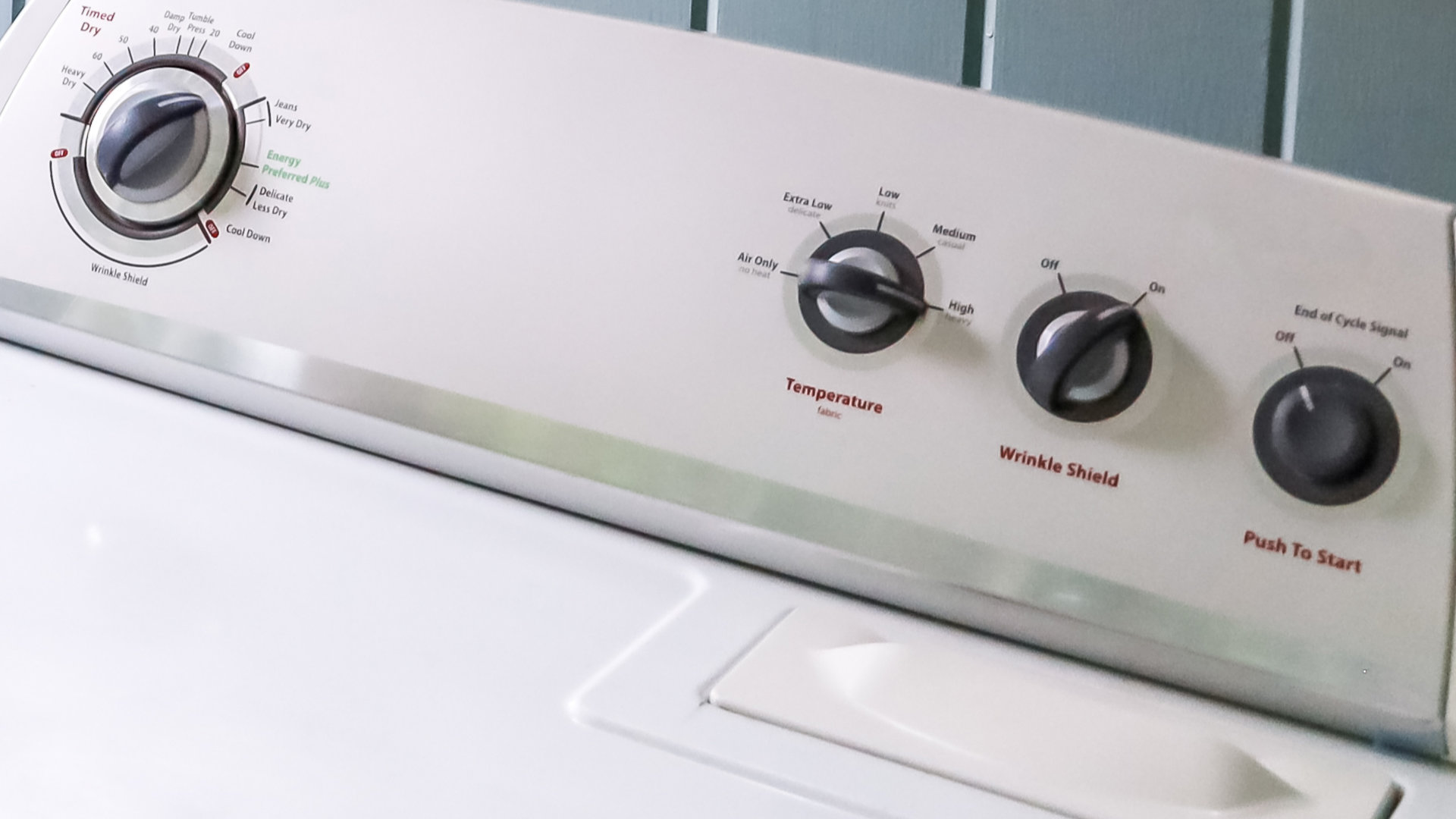
Most of us associate the refrigerator with a low cycling hum. Fridges are the single largest appliance in our home (barring the water heater and HVAC) and your fridge works hard to keep the food inside safely cold. To do that, compressors and fans run all day long creating cool air and circulating it throughout the unit. This is where the hum comes from.
As a refrigerator ages, that hum may grow into a deafening roar or a distracting rattle. There are few kitchen occurrences less pleasant than a noisy refrigerator and it’s enough to drive any homeowner to hunt down the source. Today, we’re here to take you on a tour of possible causes for refrigerator noise and how you can solve them. Join us as we explore the inside, outside, front and back of your fridge to hunt down where that noise is coming from and put a stop to it once and for all.
Locate the Source of the Noise
Your first step is to locate the source of the noise. Where it’s coming from can tell you a lot about the malfunction causing the noise. Use your ear and move around the fridge. Open and close the doors, check the top, bottom, and back. Find where the noise is loudest and where it seems to be emanating from.
If the noise is intermittent, pay attention to when it starts up and check around the fridge at that point. If the noise stops when you open the door, press the door latch switch to see what happens when you simulate the door closing again.
Refrigerator Repair Safety
Always remember to unplug the refrigerator before you bust out the screwdrivers and replacement parts. Once you hunt down the source of the noise, turn off the fridge so there is no risk of shorts or electrocution during your repairs.
Noise from Freezer Compartment
In your investigations, you may find that the noise is loudest inside or near the freezer compartment. It may occur continuously or only when the door is open. If your freezer is the noisy culprit, then the source can be one of two things. Either your evaporator fan motor or the sound of the compressor stopping with each cooling cycle.
Evaporator Fan Motor
The evaporator fan is located at the back and/or bottom of your freezer compartment. Your model of fridge might also switch off the fan when the door is open, so test your findings by pressing the door switch to see if the noise is continuous or starts back up. Listen carefully and track the sound to the evaporator cover.
– Remove Evaporator Cover
Once confirmed, remove the cover of the evaporator, found at the back or bottom of the freezer. Beneath, you will find a fan which is likely the source of your noise.
– Clear Formed Ice
Check the housing of the fan, the plastic ring around the fan blades. If ice has formed on the housing or ‘shroud’, then it could be impacting the fan blades and causing a continuous clatter. Clear any ice that has formed and see if the noise has subsided.
– Replace Evaporator Fan
If the fan is still noisy after being cleaned, you’ll need to replace it. Check the part numbers or search for a fan that is compatible with your model or refrigerator. Replacement is usually as easy as removing one to three screws and then re-attaching the same screws with the new fan unit. With the new fan installed, check to see if the noisy sound is gone.
– Return Cover
Return the removed evaporator cover once the new fan is fully installed. Be sure to return every screw exactly as you found it for a secure fit.
Compressor Groaning
Sometimes, your freezer may be particularly noisy with a groaning sound. This is perfectly normal and is the sound of your compressor cutting off. Don’t worry about the occasional freezer groan. There is nothing to fix and your freezer is still in good shape.
Noise from Fridge Compartment
The noise might alternately be coming from the fridge half of your refrigerator, also known as the fresh food compartment. This means the problem is most likely your defrost timer. Particularly if the noise you keep hearing is an incessant clicking sound. That is the sound of the defrost timer failing to reset itself and clicking over again and again.
Defrost Timer
– Find the Defrost Timer
Defrost timers are not always in the same place with each fridge. Most often, they are near the bottom, front of the fridge. sometimes they are behind the ‘kick grate’ at the bottom. Sometimes they are inside the fridge near the temperature controls.
– Remove the Casing
Most defrost timers are hidden inside a plain plastic casing. You may need to remove this.
-The Turn Test
Twist your defrost timer with the advance screw clockwise until you hear a click. Try turning your fridge back on and leaving it alone for half an hour. If the clicking sound returns, the defrost timer is broken. If you never hear the compressor start up or stop, the defrost timer is broken and will need to be replaced.
– Replace the Timer
Unscrew the timer and detach the wires that hold it in place. Remember how each wire was connected. Install a new timer of the same model number the exact same way your old timer was attached.
– Return the Cover
Put the one or two layers of covering back over your defrost timer, plug the fridge back in, and close the door. You should soon start hearing normal quiet sounds of your fridge cycling the compressor.
Noise from Behind the Refrigerator
If the noise is coming from behind your refrigerator, then the culprit is likely your compressor or the condenser fan, as these are the large moving parts that are working back there. Start by checking the condenser fan.
Condenser Fan
– Remove Back Panel
Unplug your fridge then remove the back panel so that the machinery is exposed.
– Clear Fan
Identify the condenser fan and do your best to clean it. You may be hearing noise because the fan is locked up with lint or scraping against debris that has fallen over time. Clear the fan of dust, gunk, insect husks, and anything else you find in there. Test to see if the noise is gone.
– Test by Disconnecting the Fan Motor
If the noise is not gone, try unplugging your fridge, then unplugging the fan, then plug the fridge back in again. Now you are temporarily running your fridge without the use of the condenser fan. If the noise is gone, the fan is the culprit and will need to be replaced.
Compressor
– Replace the Fridge or Accept the Noise
If the noise is not gone, that means it can’t possibly be the compressor fan. Instead, it is your compressor. Should you determine that your compressor is the source of the noise, you have two practical options. First, is to buy a new fridge. Compressors are expensive and a new fridge would be a better investment than a replacement compressor for an old fridge.
Second, is to learn to live with the noise. If you’re not ready for a new fridge or a big expenditure, you can put up with the noise. As long as your fridge stays cool, the noise harmless and doesn’t actually impact how safely cold your food is. So you can choose to live with a noisy refrigerator. If you choose to get a new fridge, the old one isn’t necessarily dead and can be banished to the garage for workshop sodas where the noise won’t bother you.—For more repair guides or to call for the repair services you don’t have time to take care of yourself, contact us today!

How to Reset a Whirlpool Refrigerator Ice Maker
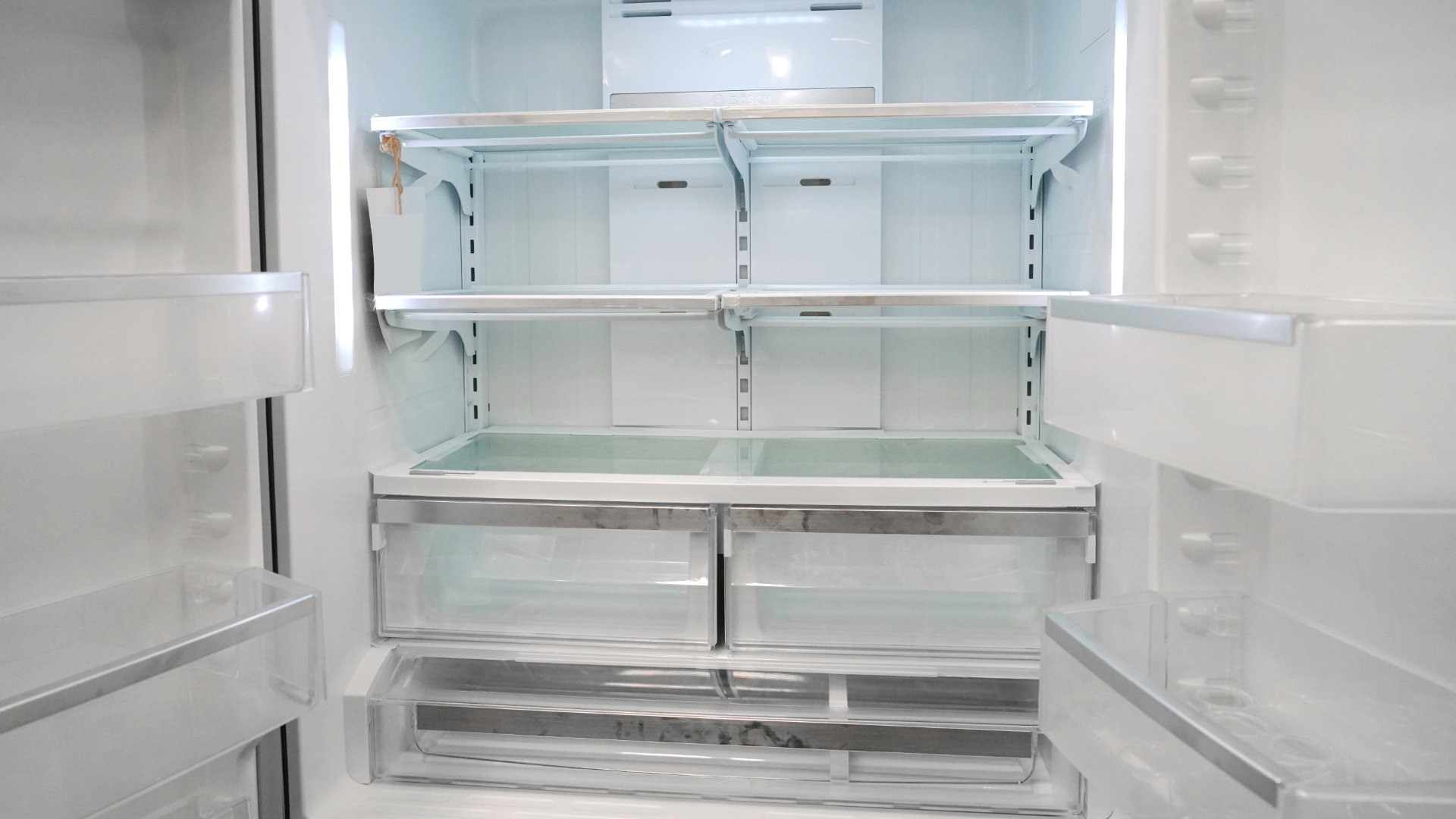
6 Reasons Your LG Refrigerator Is Not Making Ice

Kenmore Fridge Ice Maker Not Working? 5 Ways to Fix It

How to Remove Fish Smell from Your Refrigerator
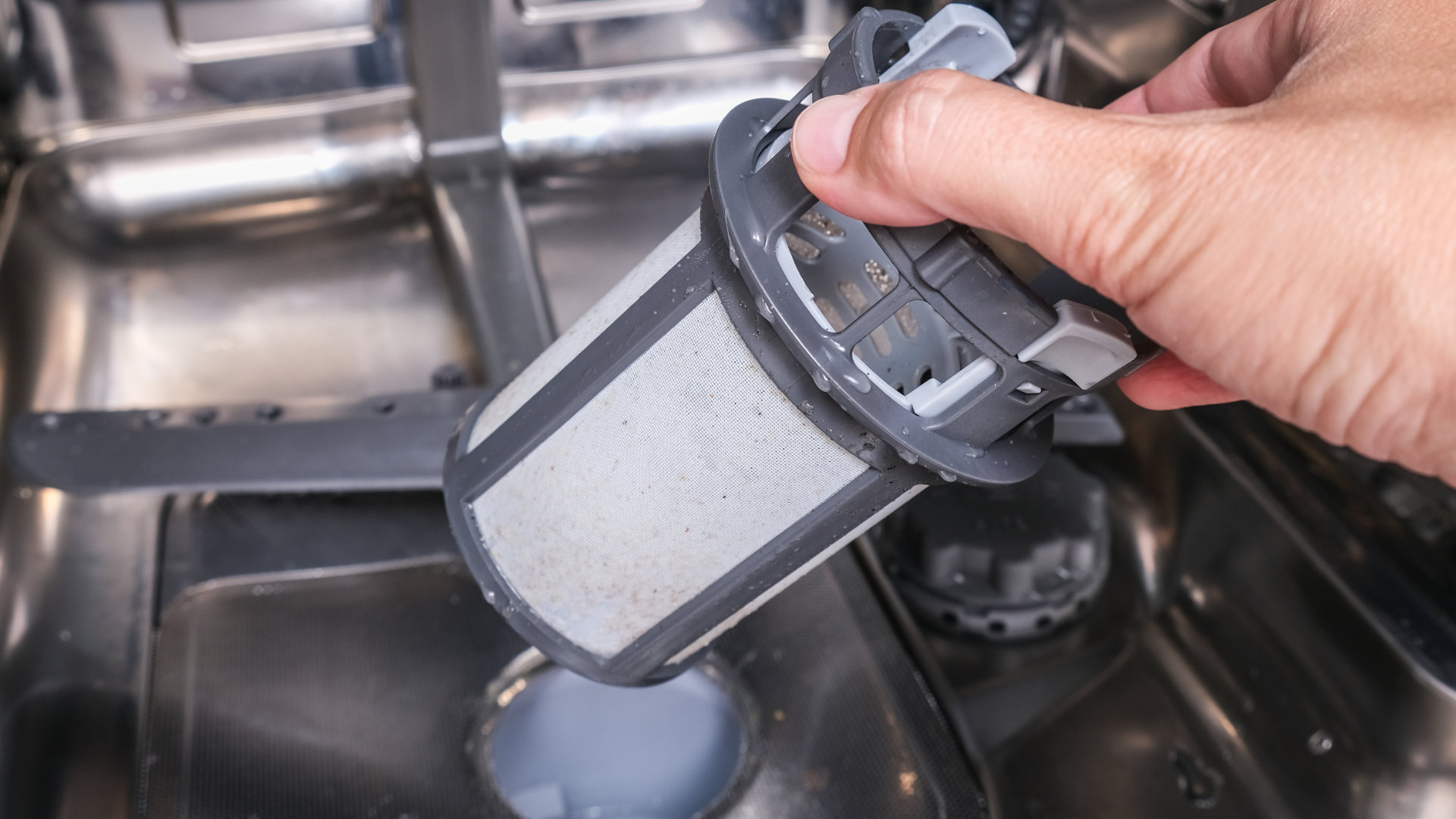
How To Fix Bosch Dishwasher E24 Error

Troubleshooting a Whirlpool Dishwasher Not Draining
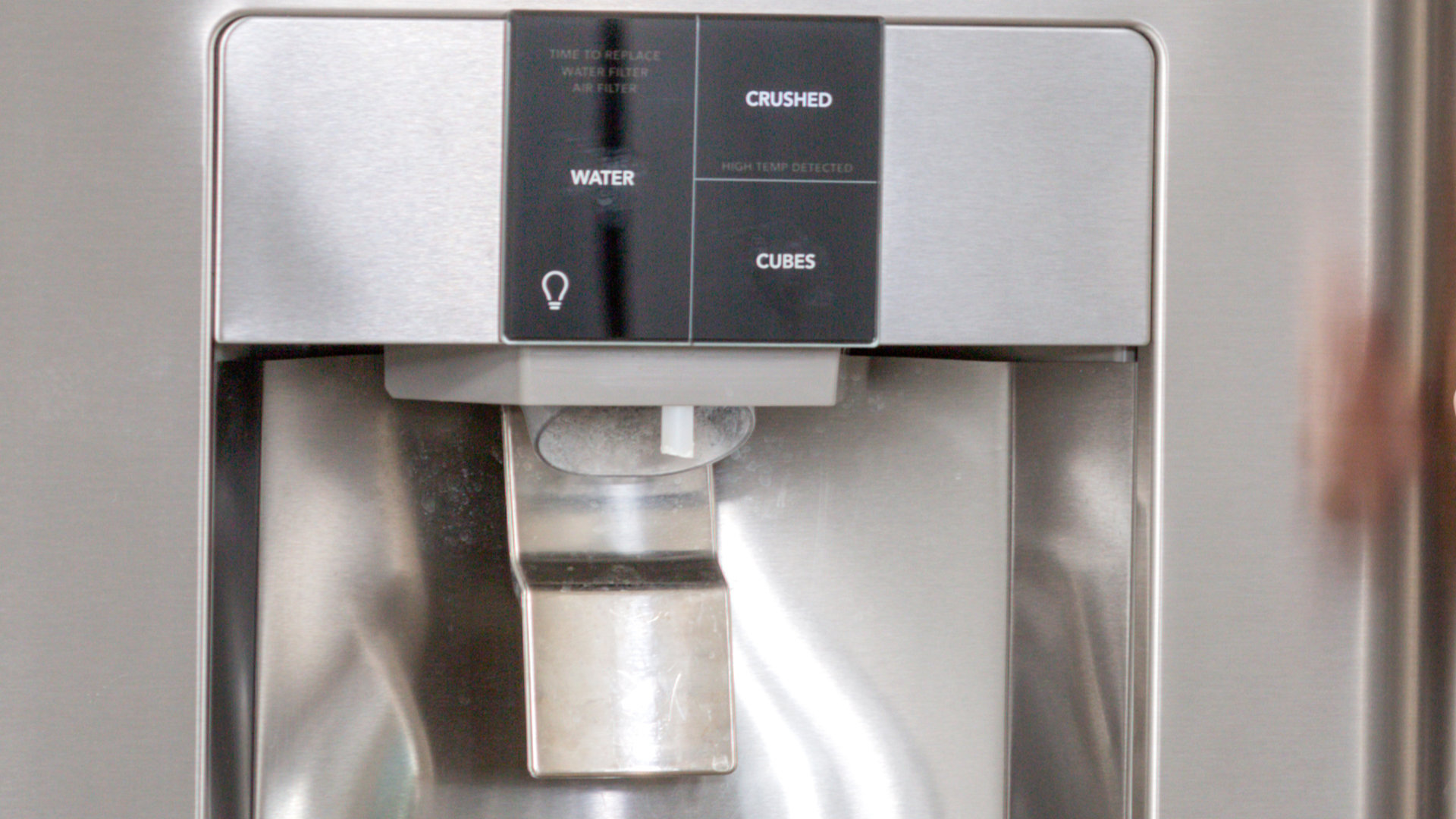
Why Is Your Fridge Water Not Working, but Ice Is?
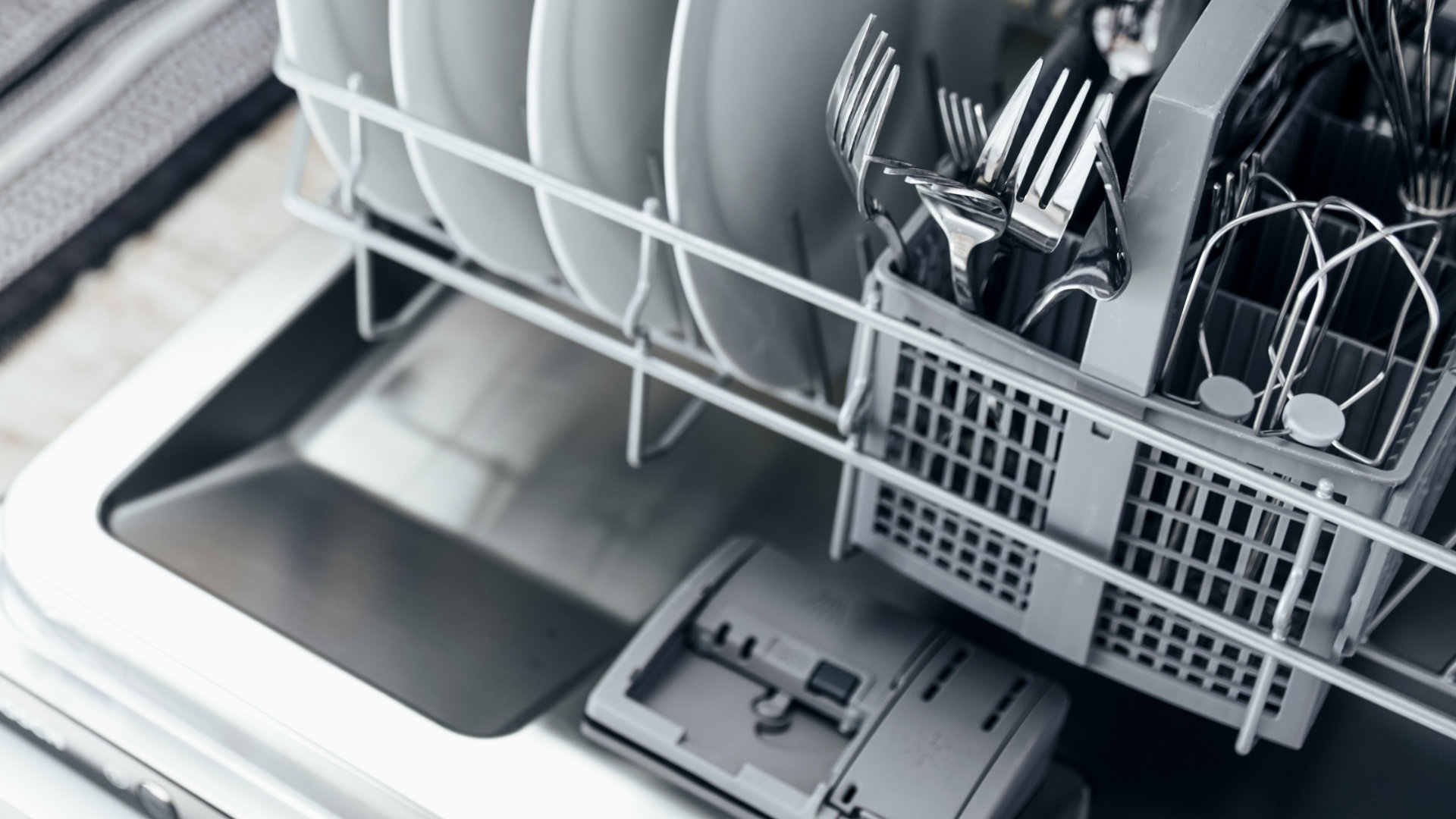
How to Fix the E15 Bosch Dishwasher Error Code
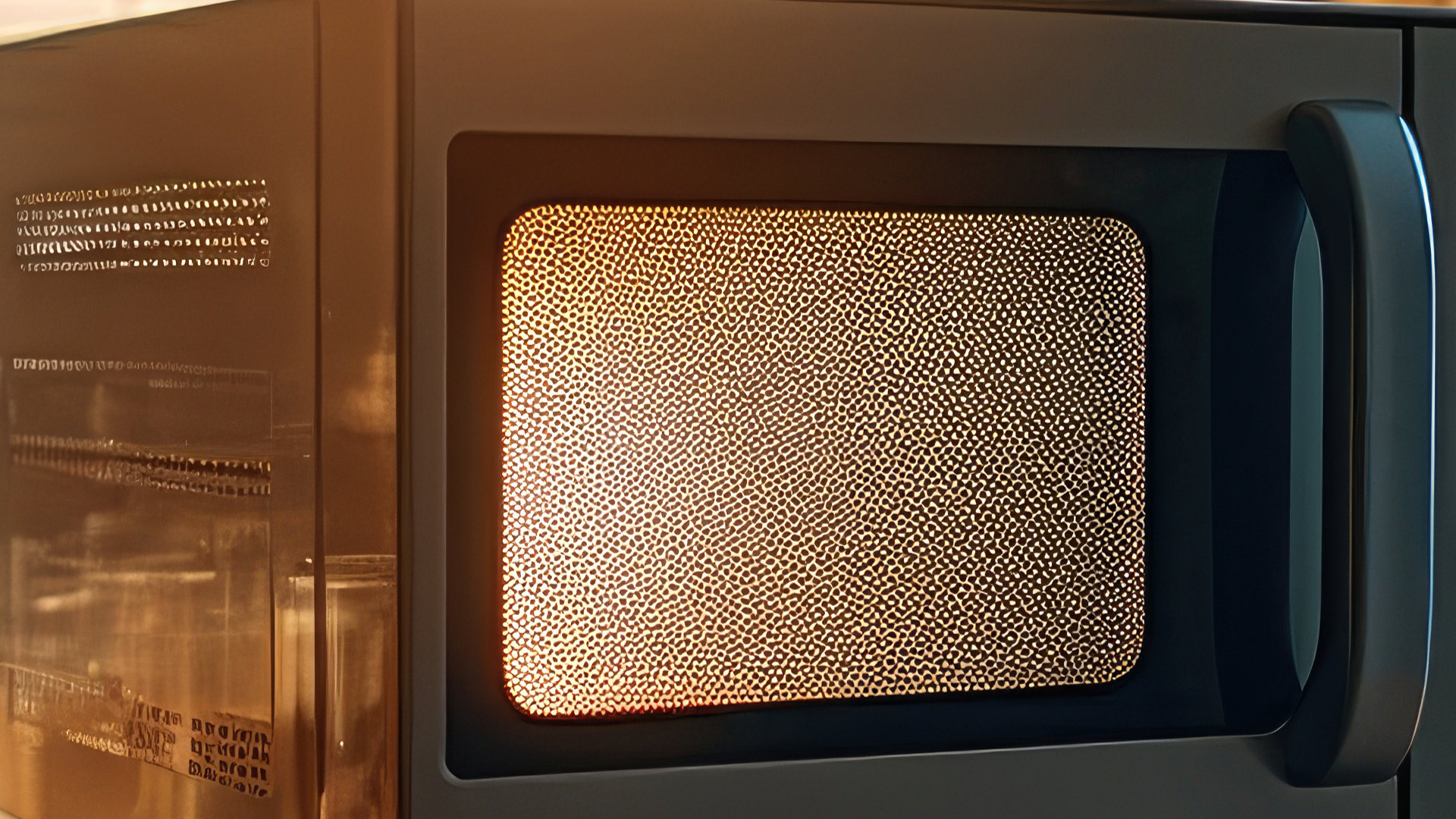
How Much Power Does a Microwave Use?
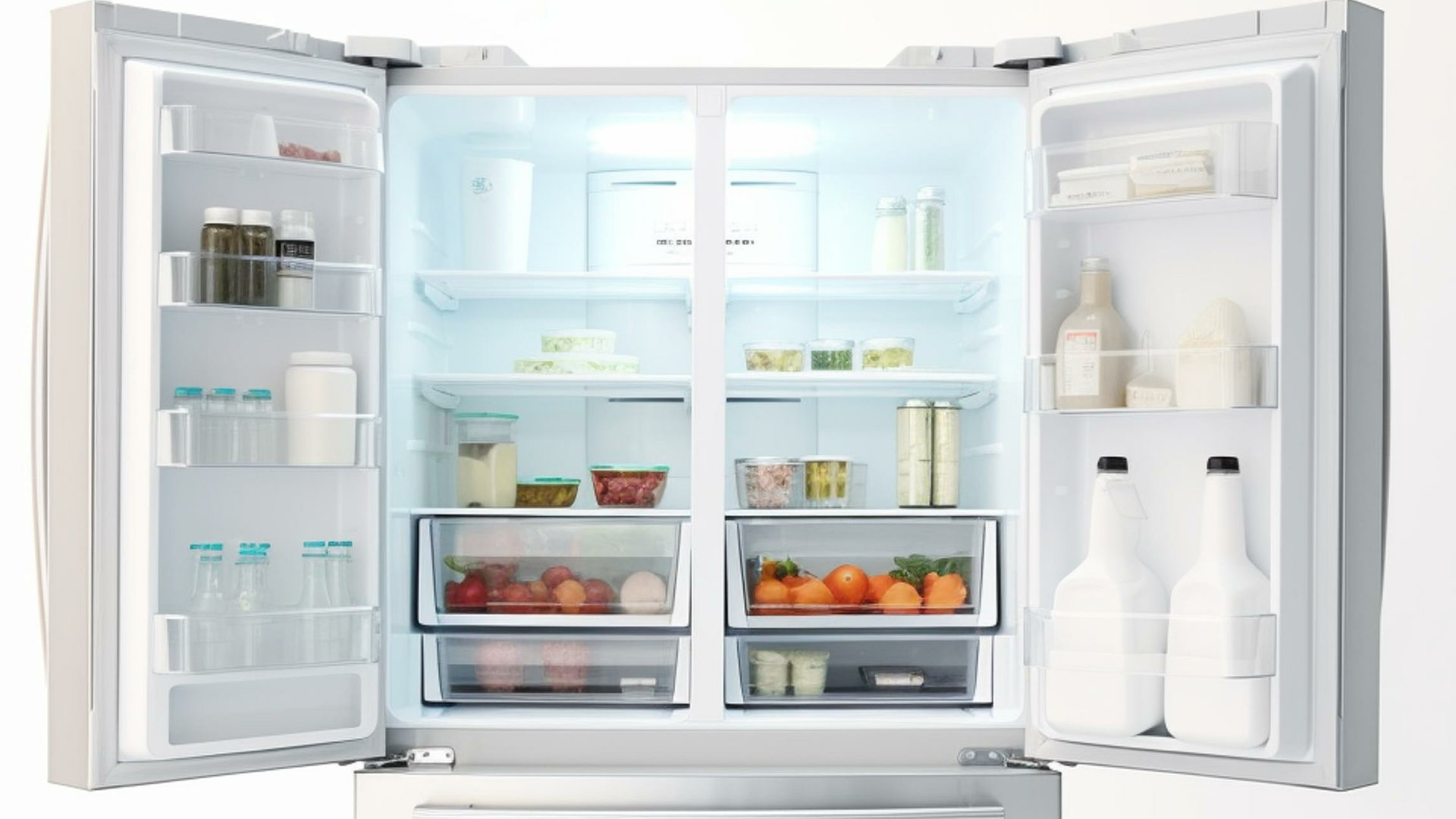
How to Properly Clean Refrigerator Coils
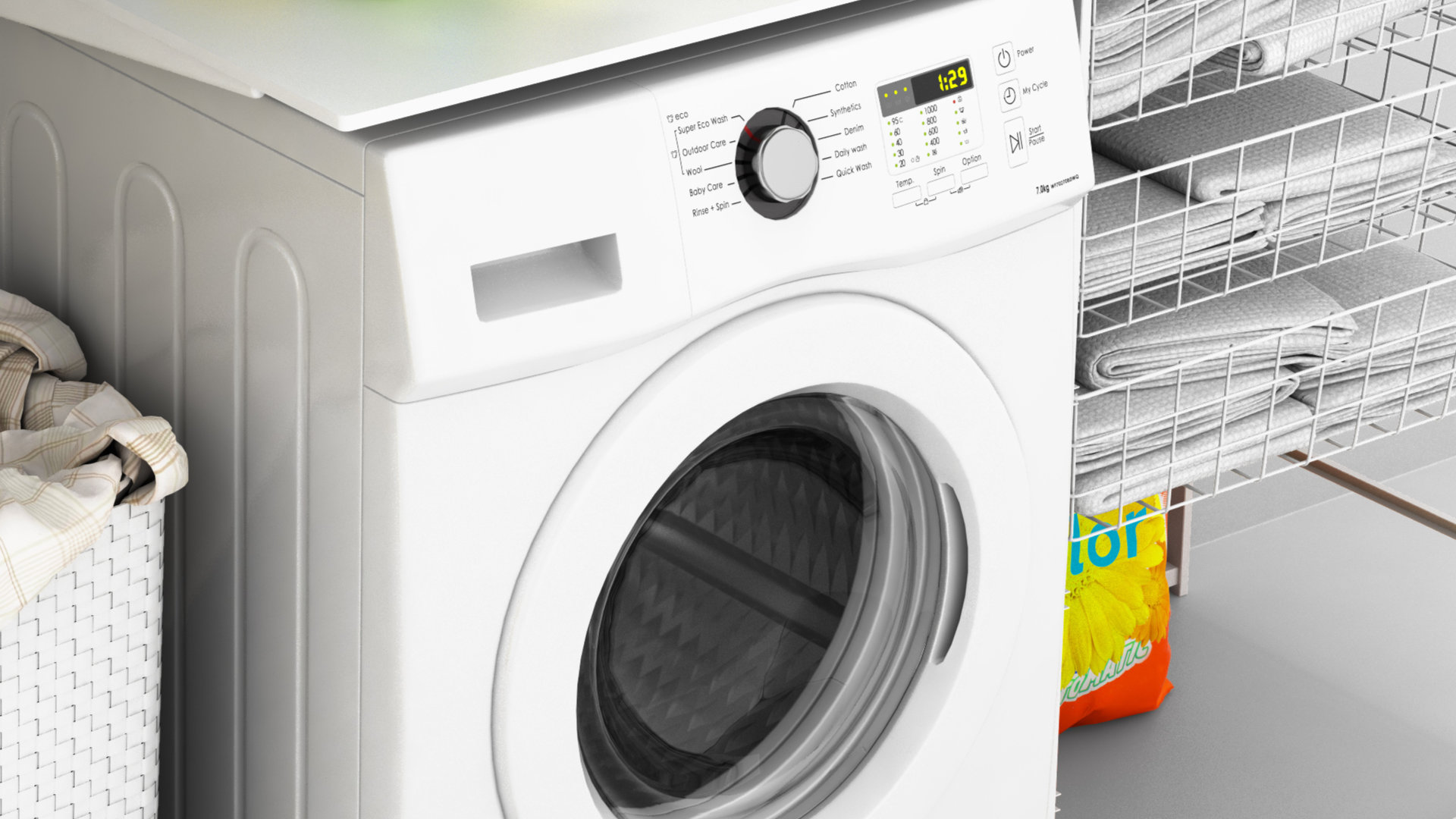
How to Fix an LG Washer Showing OE Error Code
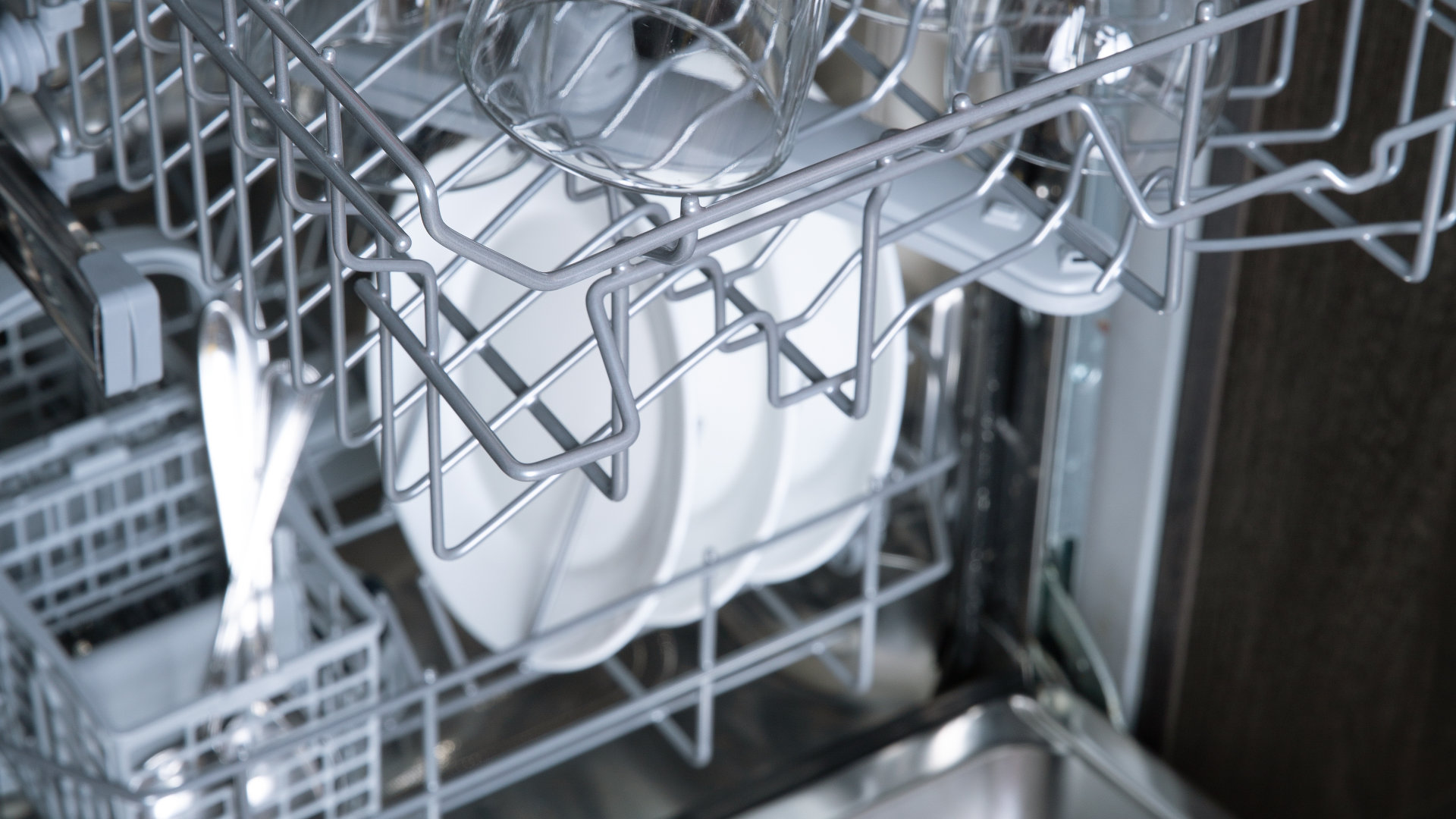
Troubleshooting a GE Dishwasher with No Power and No Lights
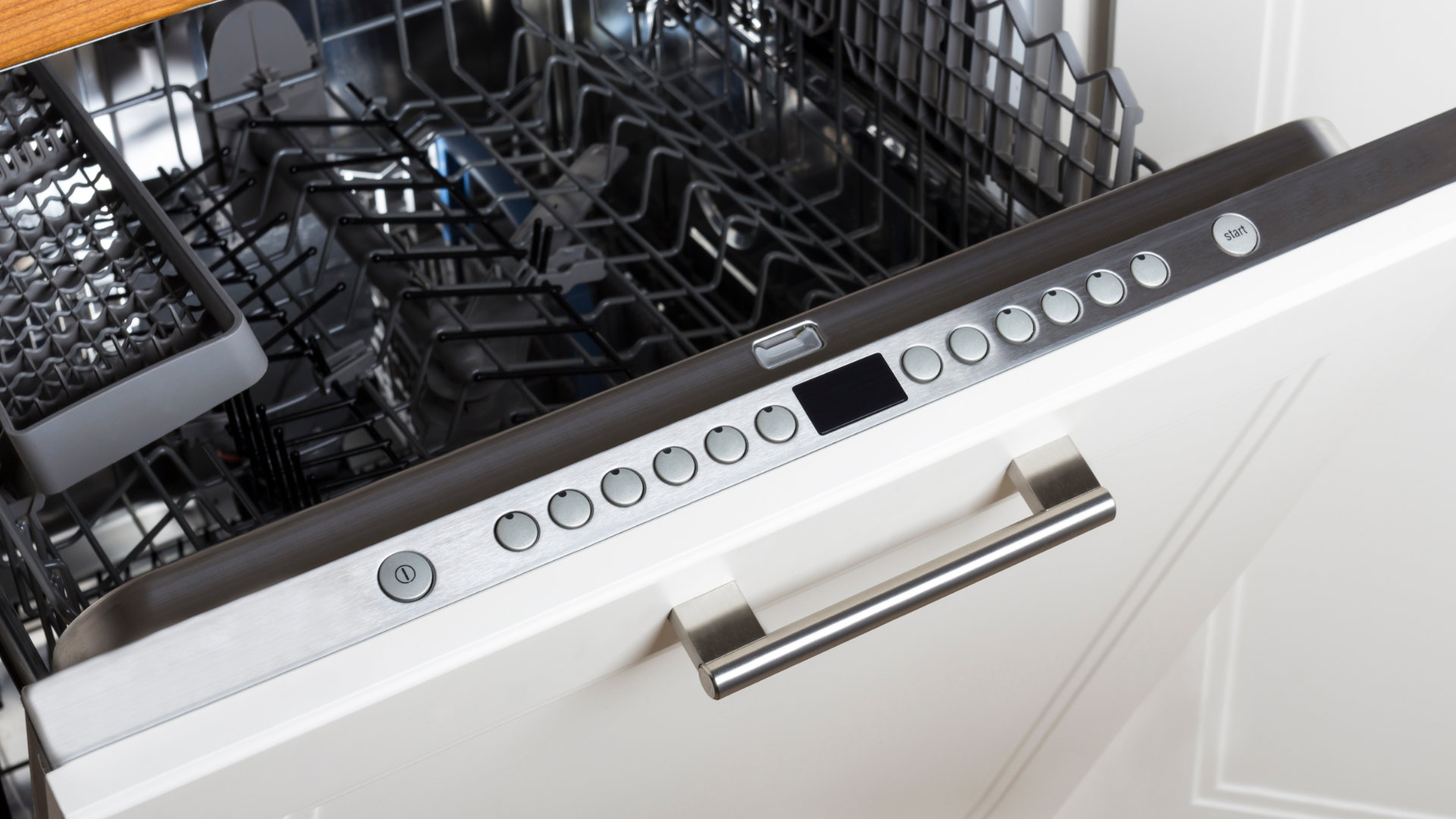
10 Reasons Why Your Bosch Dishwasher Won’t Start
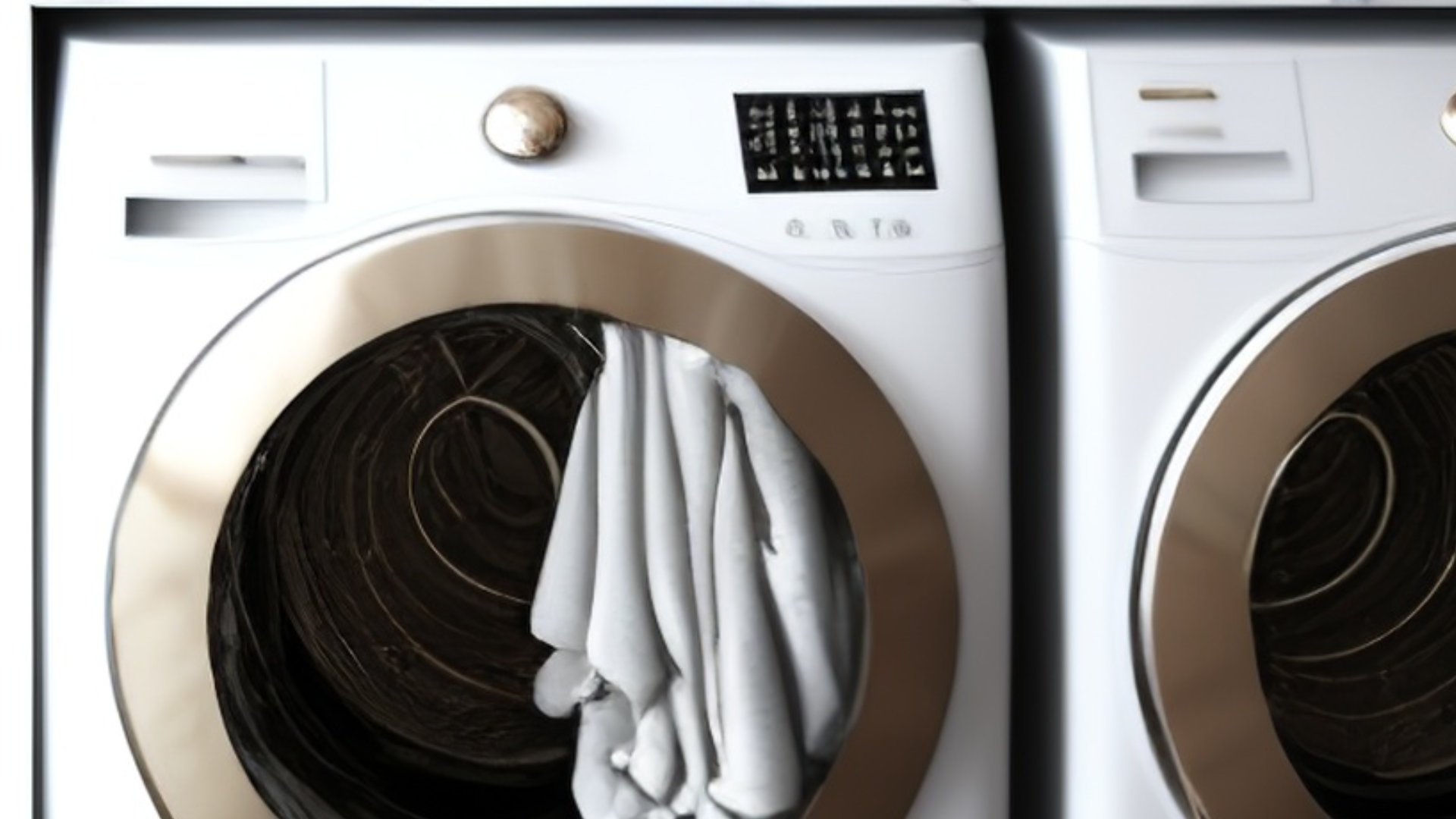
Troubleshooting the F5 Error Code with a Maytag Washer
